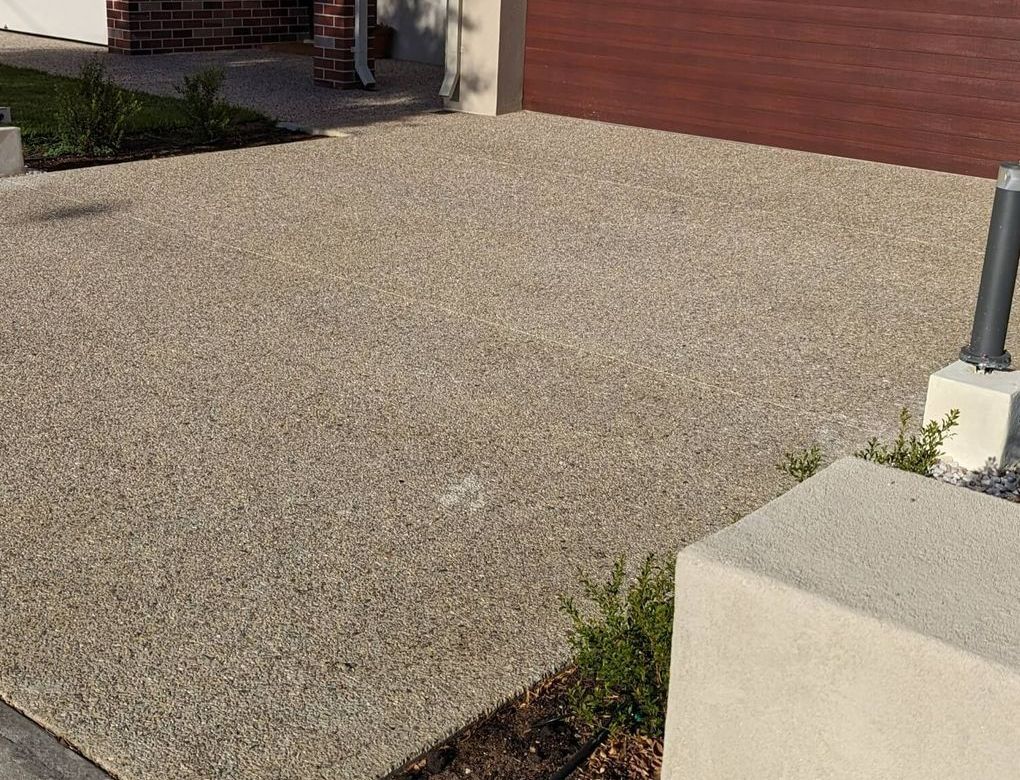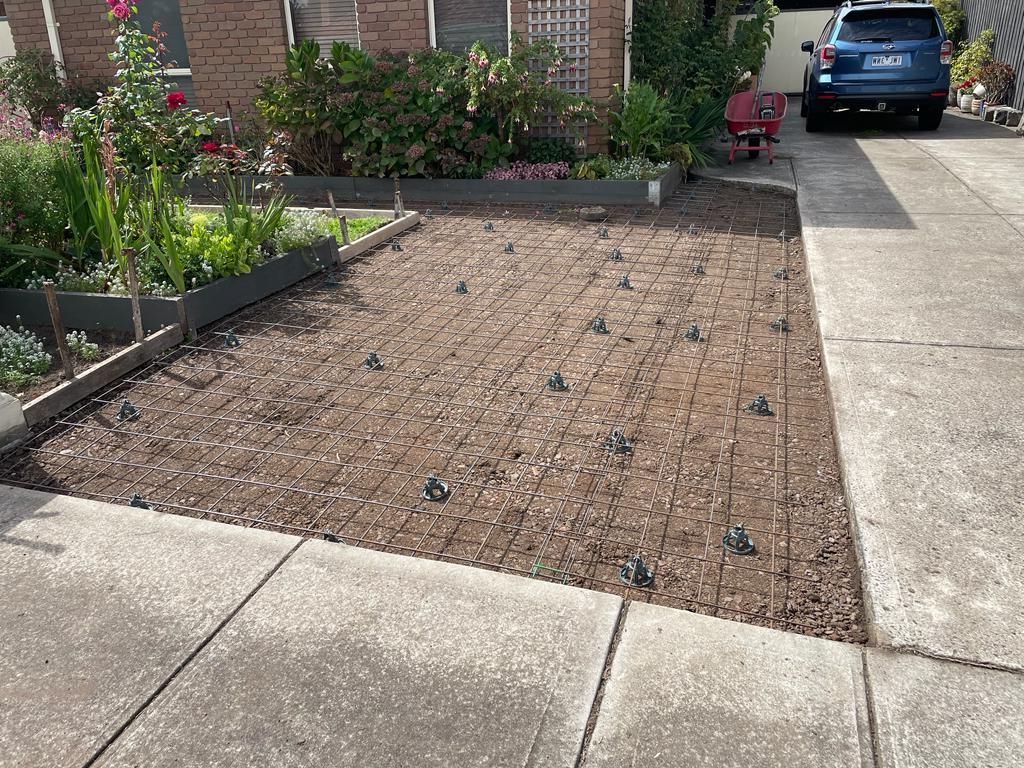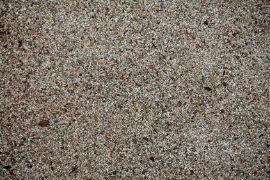Everything You Need to Know About Concrete Stains

Stain penetrates deeper than paint into existing concrete surfaces to add vibrant colours that complement its surrounding elements, providing more options in terms of colours while remaining more eco-friendly.
Reactive stains react chemically with concrete, creating a marbled effect and requiring extra safety measures than non-reactive ones.
Safety
As with any chemical project, safety must always come first when using concrete stain. Be aware of all manufacturer warnings and adhere to their directions of use. Acid-based chemical stains contain corrosive components that could cause eye and skin irritation when applied. When working in well-ventilated environments with acid-based chemical stains rubber gloves and masks must be worn while applying. Water-based acrylic stains do not produce toxic fumes and typically do not produce strong odors so they can even be applied indoors without disrupting workspaces.
Your choice of concrete stain will depend on your desired project outcome. Concrete paint coats the surface in a thin film that prevents moisture from penetrating it, which could eventually cause irreparable damage over time. By contrast, stain colours the concrete while still permitting natural moisture exchange within and across its surface.
Concrete acid stains are among the most permanent colouring options and are suitable for new or old concrete, stamped concrete, decorative overlays and cementitious surfaces such as floors. Acidic concrete reacts with minerals present in its matrix to physically etch its surface creating mottled color tones on top. As they react with minerals in concrete they require additional safety precautions and experience than other stain types requiring the acid to be neutralised with TSP (Tri-Sodium Phosphate) after use to complete their process successfully.
Preparation
Concrete stain, unlike paint, interacts differently with the permeability and porosity of surfaces than does paint where paint coats the surface with a film that traps moisture within concrete, eventually damaging it over time, stain colours the porous surface while permitting water to freely pass in and out through its pores.
Before applying concrete stain, the surface must first be thoroughly cleaned to remove dirt and oil build-up. A water-based cleaner and degreaser should be used to prepare the surface for stain application; after which, a penetrating sealer should be applied to protect its beauty against wear and tear.
Depending on the finish and colour desired for the concrete surface, stain selection depends on three primary categories of stain: film-forming, penetrating and pigmented.
Film-forming stains produce a clear or pigmented coating over the surface of the concrete to add colour and protection. These types of stains typically produce low VOC emissions and can be applied over existing or new concrete surfaces.
Penetrating stains penetrate the concrete to provide colour to its substrate and are typically water-based. While they offer durability and low VOC emissions, they won't cover up cracks or discoloured areas in your concrete.
Acid stains work by reacting with the minerals present in the concrete to produce mottled colour tones, necessitating additional safety precautions and neutralisation chemicals to counteract the hydrochloric or muriatic acids used.
Application
Stains produce strong chemical fumes, so you must ensure your workspace is well-ventilated when working with them. Open windows and doors set up fans and wear appropriate personal protective equipment (PPE) such as masks, gloves, closed-toe shoes, long pants and long-sleeve shirts when applying stains - especially dust created during application as this could prove hazardous to health.
Stains can transform concrete surfaces both inside and out, both indoors and out. You can apply it as a wash, tint, semi-transparent to opaque finish or semi-transparent to opaque finish - the colour palette includes cool blues and greens alongside vibrant reds and yellows that stand out. Unlike paint that covers an existing surface with its coverage alone, concrete stain penetrates deep within and bonds chemically with materials. With many guaranteed to last 25+ years.
Stains can be applied with various tools including rags, brushes, rollers or pump-type sprayers for different effects. For best results, it is best to apply the stain during cool morning or evening hours as direct sunlight may cause it to dry too quickly resulting in an uneven finish and streaky patterns. A sprayer should be used to apply an even coat without leaving puddles of stain behind - make sure that drying times match those recommended by the manufacturer after application!
Finishing
Concrete stains can transform both new and aged concrete surfaces while requiring little to no upkeep. Unlike paint, which only coats the surface, stain penetrates deeper to colour and transform its colour palette.
Staining can produce an extensive spectrum of colours ranging from neutrals and pastels to vibrant tones. This process produces floors with both the strength and durability of concrete as well as visual appeal reminiscent of natural stone surfaces. Staining can also hide some surface blemishes found within concrete structures; however, it will not cover up cracks or discolourations.
Staining can not only provide durable flooring solutions, but it can also help lower construction project costs by not needing to apply over an existing top coat like paint do and not needing sealants for maintenance costs - saving clients money in future maintenance expenses.
Acid stains are the most widely used type of concrete stain. Acidic compounds react chemically with minerals in the concrete to physically etch its surface and produce mottled colour tones that provide mottled tones of colour on top. Acid-based stains tend to be more expensive and dangerous when used; special safety equipment and knowledge about the chemicals involved are required when handling acid-based stains.
Water-based stains and dyes offer another type of stain. These water-based options tend to be less costly and carry fewer health risks, as well as coming in more colours ranging from black and vivid yellow or orange hues compared to acid-based ones. Furthermore, water-based dyes can even be combined with acid stains for greater colour depth effects.
Contact us today at 03 9118 0604 to schedule a free consultation.
Contact Form









